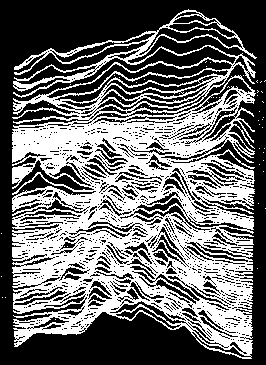Scanning tunneling microscopy, or "STM", is a method for imaging the surfaces of solid materials with "atomic" resolution. It was invented in the early 1980's by Gerd Binnig and Heinrich Rohrer from the IBM-Zurich Research Laboratory in Ruschlikon, Switzerland. Binnig and Rohrer received the Nobel Prize in Physics in 1986 for their invention of the STM.
So How Does It Work?
"The microscope is based on a surprisingly simple principle. By monitoring the movement of a tip, whose distance from the surface is kept constant, a map of the surface can be recorded. In the STM, an extremely small tip is lowered until it is only a few angstroms away from the surface of the material being studied. At this distance electrons can travel between the tip and the surface -- a trip known as 'tunneling current'. This can be encouraged by applying a small voltage difference between the surface and the tip. The closer the surface is to the tip the greater the current. By monitoring and adjusting the distance between the tip and the sample surface so that the current stays constant, distances a fraction of an atom's diameter can be scanned with great accuracy.
A complete picture of the surface is obtained by the needle scanning
back and forth Roster scanning) over the molecules. The changes in the
tip distance are fed into a computer which turns the results into a three-dimensional
image.
(THE ENGINEER March 15, 1990)
